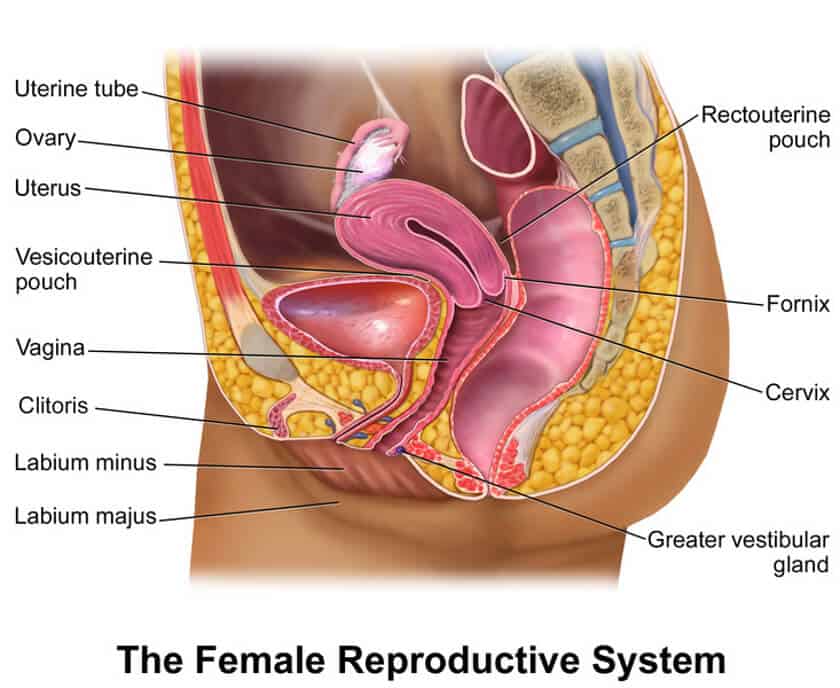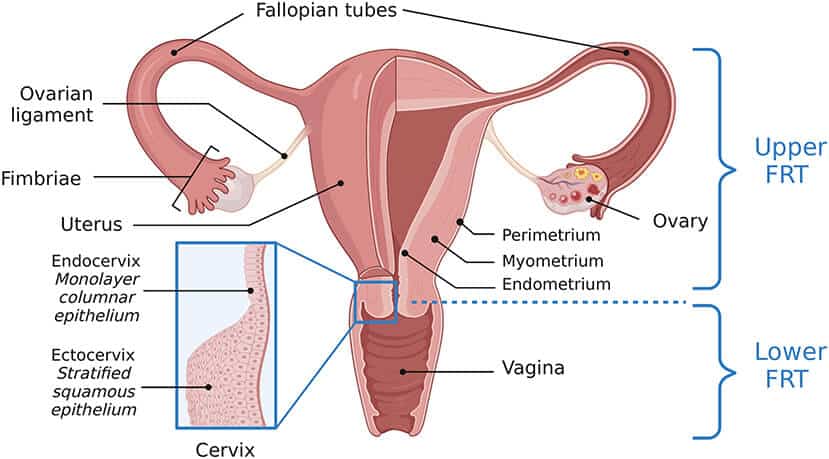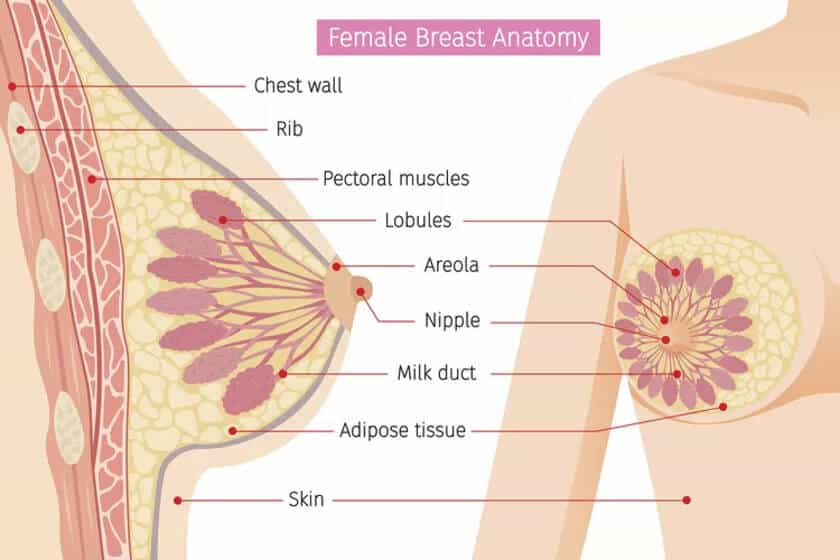The female reproductive system is a marvel of nature, intricately designed to support the creation of life. Two key components of this system are the vagina and the breasts. In this article, we will explore the anatomy of the vagina and breasts, their functions, and address some frequently asked questions to help you gain a deeper understanding of these essential aspects of female biology.
Table of Contents
Vagina: A Closer Look
The vagina, also known as the birth canal, is an essential part of the female reproductive system. It is a muscular tube that connects the external genitalia to the internal reproductive organs. The vagina serves as the entrance for sexual intercourse and allows for the passage of menstrual blood and childbirth.
Diagram of Vagina Anatomy
If you’re unsure about the relative positions of different parts within the female reproductive and urinary systems, this diagram of female anatomy serves as an excellent starting point.
The subsequent sections provide comprehensive insights into these specific structures and various other aspects of female anatomy.

External Vaginal Anatomy
The external genitalia, also called the vulva, includes the labia majora, labia minora, clitoris, and the vestibule. These structures play crucial roles in sexual pleasure and protection of the internal reproductive organs.
Internal Vaginal Anatomy

Internally, the vagina is surrounded by muscular walls that are capable of expanding during sexual arousal and childbirth. The lower end of the uterus, called the cervix, opens into the upper part of the vagina. The walls of the vagina are lined with mucous membranes, which secrete lubrication to facilitate comfortable sexual intercourse.
Read More: Pinworms Infection in Miss V: Recognizing Signs and Symptoms
Breast Anatomy: The Support System

The breasts are vital accessory organs of the female reproductive system. They are composed of glandular tissue, fat, and connective tissue. Breasts come in various shapes and sizes, influenced by factors like genetics, age, and hormonal fluctuations.
Functions of the Breasts
1. Milk Production: One of the primary functions of breasts is to produce milk to nourish newborns. After childbirth, the hormone prolactin stimulates milk production in the mammary glands, and oxytocin triggers its release during breastfeeding.
2. Sexual Stimulation: Breasts are erogenous zones, and stimulation of the nipples can elicit sexual pleasure and arousal in many women.
3. Emotional and Psychological Significance: Beyond their physiological roles, breasts can also hold emotional and psychological significance for individuals, often linked to body image, femininity, and sexuality.
Frequently Asked Questions
1. How does the menstrual cycle affect the vagina?
During the menstrual cycle, the vaginal lining undergoes changes under the influence of hormones like estrogen and progesterone. These changes prepare the vagina for potential fertilization and implantation. Additionally, the vaginal pH may fluctuate during different phases of the menstrual cycle, affecting its microbial balance and overall health.
2. Is vaginal discharge normal?
Yes, vaginal discharge is a natural and essential part of female reproductive health. It helps cleanse the vagina and prevent infections. The volume, consistency, and color of the discharge may vary depending on factors such as the menstrual cycle, sexual arousal, and hormonal changes.
3. Can breastfeeding affect breast shape?
Breastfeeding can cause temporary changes in breast shape and size due to increased blood flow and milk production. However, these changes are usually reversible, and breasts often return to their pre-pregnancy state after breastfeeding is discontinued.
Read More: Endometriosis: Symptoms, Causes and Treatment
Conclusion
Understanding the anatomy and functions of the vagina and breasts is vital for promoting female reproductive health and overall well-being. By shedding light on these aspects, we hope to encourage open conversations about female biology and empower women to take charge of their reproductive health. Remember, each individual’s body is unique, and embracing this diversity is essential in fostering a more inclusive and understanding society.


